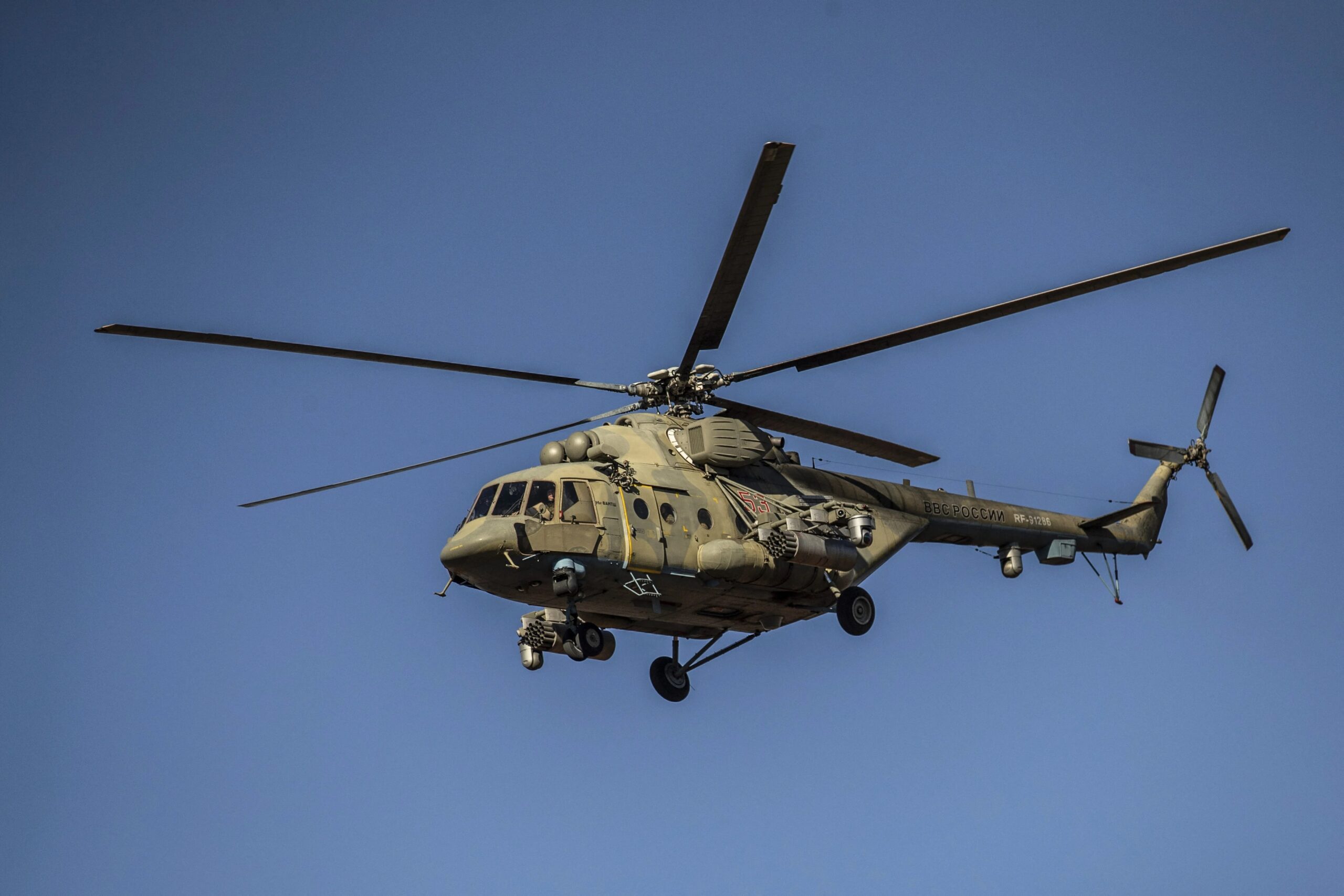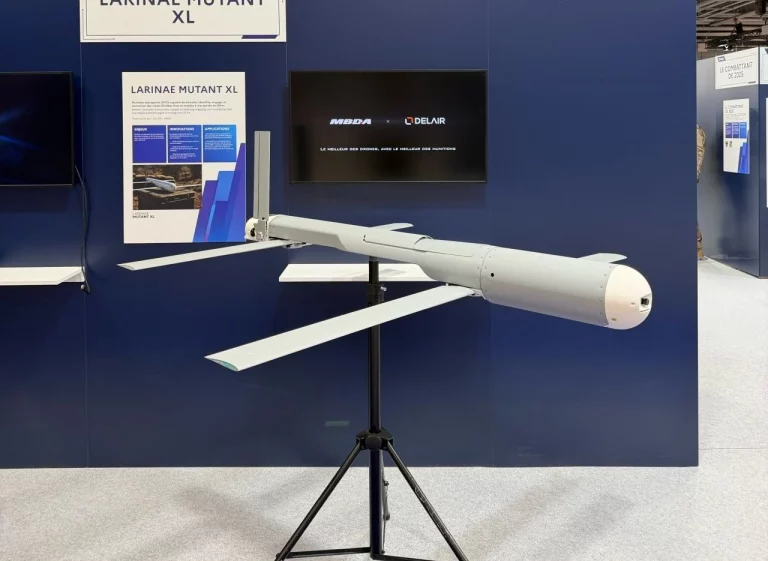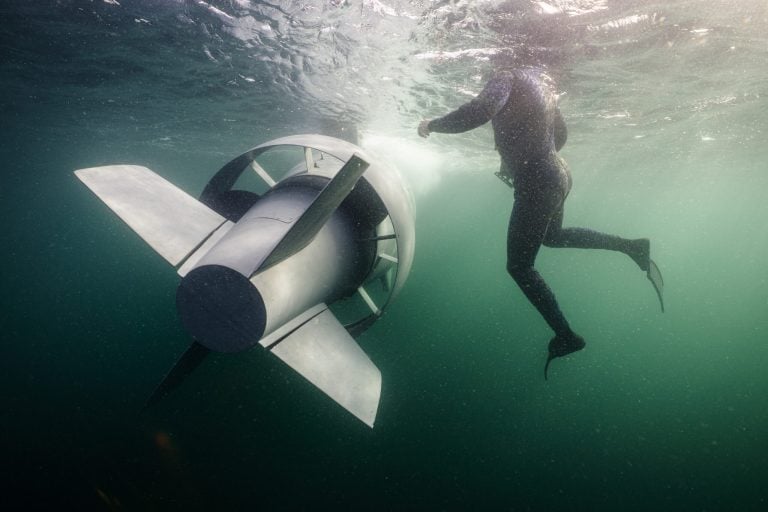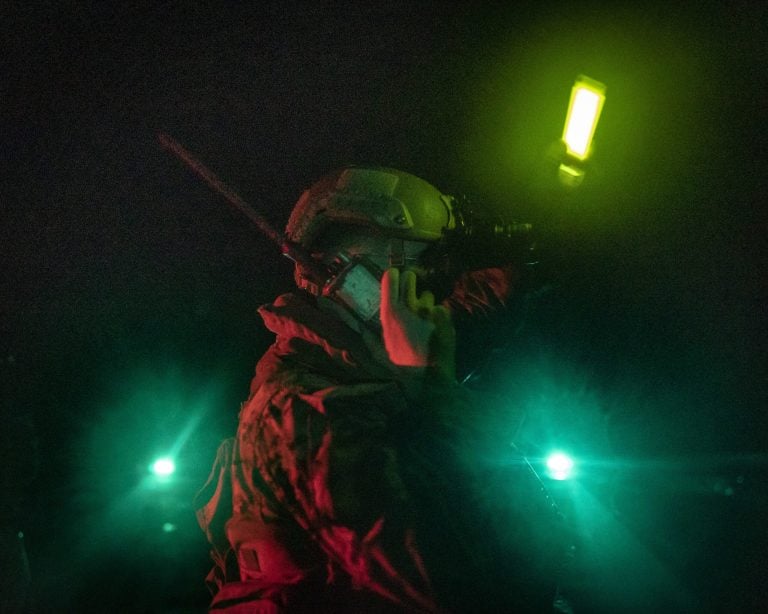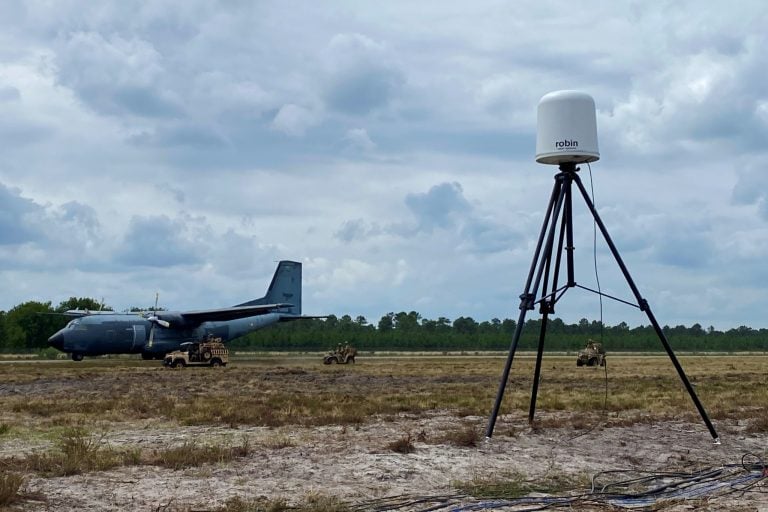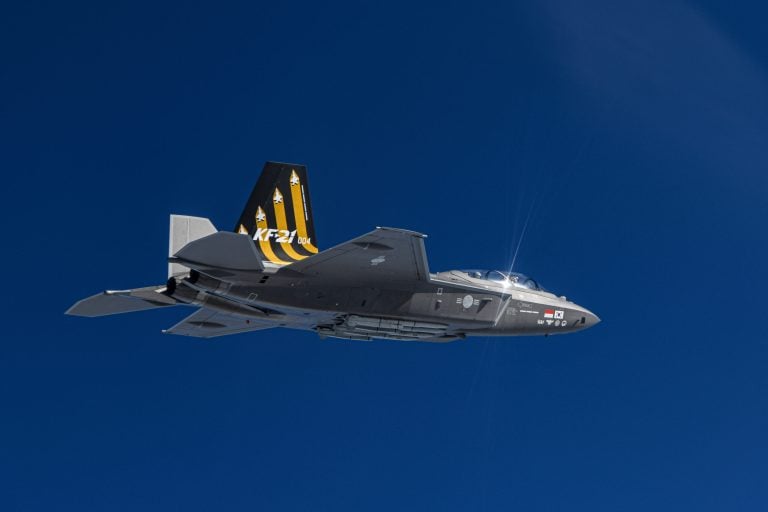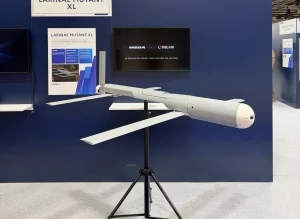Russia has unveiled a new electronic warfare system named “Multik,” aimed at enhancing the protection of its helicopters from increasingly sophisticated drone attacks by Ukrainian forces. Manufactured by the Gradient Research Institute, the Multik system is designed specifically to detect and jam the control and video links of first-person view (FPV) drones, a technology that has gained prominence in the ongoing conflict.
This cutting-edge system operates across a frequency range of 700 MHz to 6,000 MHz and boasts impressive capabilities, including a detection range of up to 1,000 meters, or approximately 3,280 feet, and a jamming capacity extending to 500 meters (about 1,640 feet). The Multik system is noted for its versatile performance, covering a complete 360-degree azimuth and being capable of handling three simultaneous jamming channels. Lightweight at under 9.5 kilograms (20 pounds), it draws power from the onboard systems of the aircraft on which it is installed.
According to reports from Defense Express, a Ukraine-based defense publication, the integration of the Multik system onto both helicopters and ground platforms is a strategic move aimed at countering swarm attacks involving FPV drones. This type of drone warfare has increasingly targeted Russian rotary-wing assets over recent months, prompting a response from the Russian military.
The introduction of the Multik system is part of a broader initiative by Russia to bolster its counter-drone capabilities amid Ukraine’s expanding use of drones throughout the conflict. In addition to the Multik, existing Russian electronic warfare systems such as the 1L269 Krasukha-2 and Krasukha-4 play crucial roles in the high-powered jamming of enemy radar and communications. These systems are often deployed in proximity to strategic command centers with the aim of disrupting Ukrainian reconnaissance and targeting efforts.
Furthermore, Russia utilizes other anti-UAV systems, including the Repellent-1 and Silok-01, which are designed to detect, track, and block drone control signals over medium ranges. The Russian Ministry of Defence has also implemented a variety of smaller, unit-level defenses, distributing portable jamming solutions like the Volnorez and Rubezh systems to infantry and vehicle crews situated at the front lines for localized protection against FPV drones.
These counter-drone efforts have been formalized under an updated counter-unmanned aerial vehicle (C-UAV) doctrine. This directive mandates that every battalion and platoon possess at least one form of electronic countermeasure, while also stressing the importance of rapid operator training and the integration of drone suppression tactics into combined-arms operations. The comprehensive nature of these preparations underscores the emphasis that Russian military strategists place on counteracting drone threats as the conflict evolves.
